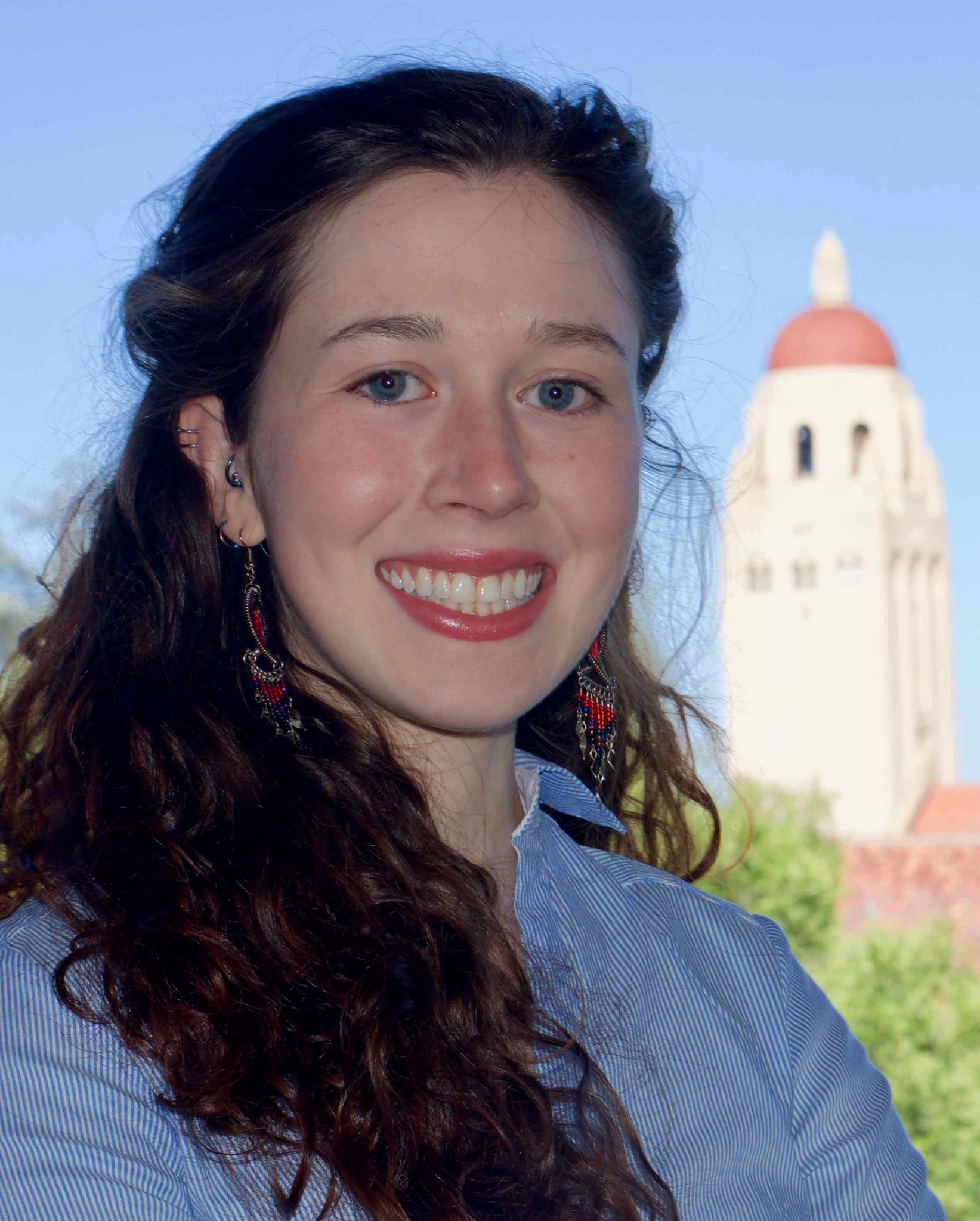Michelle Chernick
Stanford University
Spacecraft formation flying is the key to extending humankind’s knowledge about our planet and our universe. The distribution of functions and payloads between multiple cooperative satellites allows us to accomplish technological and scientific objectives that would be difficult or impossible to accomplish with a monolithic system. However, the use of multiple satellites introduces more strict requirements on guidance, navigation, and control (GN&C) algorithms, especially maneuver planning algorithms. Instead of the need to control the absolute motion of a single satellite, we must efficiently control the relative motion of multiple satellites in a formation to maintain or reconfigure the satellites’ positions. Therefore, accurate and robust control of spacecraft relative motion is essential to enabling autonomous reconfiguration of spacecraft in future multi-satellite missions.
The proposed work aims to develop an autonomous impulsive maneuver planner for relative orbit reconfiguration that can handle an arbitrary orbit scenario in a computationally efficient way, and to incorporate these algorithms into on-board microprocessors. The relative state will be parameterized using relative orbital elements, or ROE, which provide geometric intuition into the six-dimensional space and give rise to simpler solutions to the optimization problem. Though closed-form solutions are ideal for implementation on spaceborne microprocessors, it is not necessarily the case that closed-form solutions will exist for non-zero eccentricity orbits including perturbations. Therefore, I plan to instead develop a numerical solver that exploits the geometric knowledge we have about the six-dimensional ROE space and uses the high-fidelity dynamics models developed in Stanford’s Space Rendezvous Laboratory (SLAB). These solutions must be robust enough to provide fuel-optimality in perturbed orbits of arbitrary eccentricity, while considering perturbations (Earth’s oblateness, differential drag, solar radiation pressure, and third body) and time and space constraints (for safe separation, forbidden regions). A perturbation analysis will be performed to assess whether dynamics can be simplified in some orbit regimes, and then the next step is to use the improved dynamics models developed in SLAB, depending on each perturbation source’s relevance in a given reconfiguration scenario. In addition, it is imperative that uncertainty in dynamics, state representation, and maneuver execution times are assessed in the development and implementation of the maneuver planning algorithms. To test the algorithms’ robustness to uncertainty, initial state estimates will be corrupted with estimate uncertainties that are consistent with current state-of-the-art GN&C systems. The effect of uncertainties will become apparent especially in testing with hardware in the loop, and can cause propagation of errors that reduce the accuracy of the maneuver schemes. Furthermore, with NASA’s growing curiosity in studying near-earth objects (NEOs), it is of interest to extend the impulsive maneuver planning algorithms to orbit regimes around small celestial objects that may be highly irregular in both shape and gravitational field.
Once a comprehensive set of closed-form control and guidance solutions has been developed, they must be packaged into a single autonomous maneuver planning software and validated in a high-fidelity, hardware-in-the-loop testing environment and simulated with a full-force dynamics model. First, the accuracy of the solutions will be compared to a truth model, which is a numerical integration of the nonlinear equations of motion, including a full force model of the dynamics and perturbations and realistic uncertainties as the software would experience in flight. For further validation, the proposed algorithms will be implemented on a microprocessor (flatsat) and tested in closed-loop with a virtual-reality optical stimulator in SLAB.



























